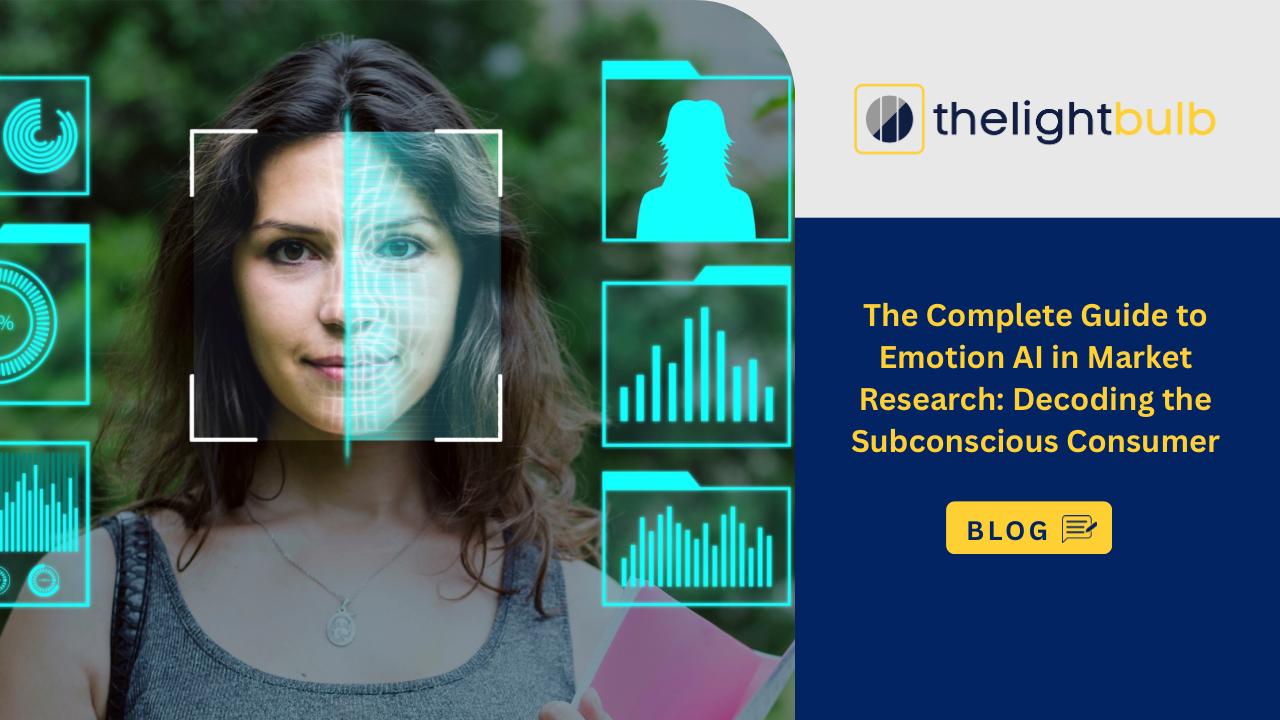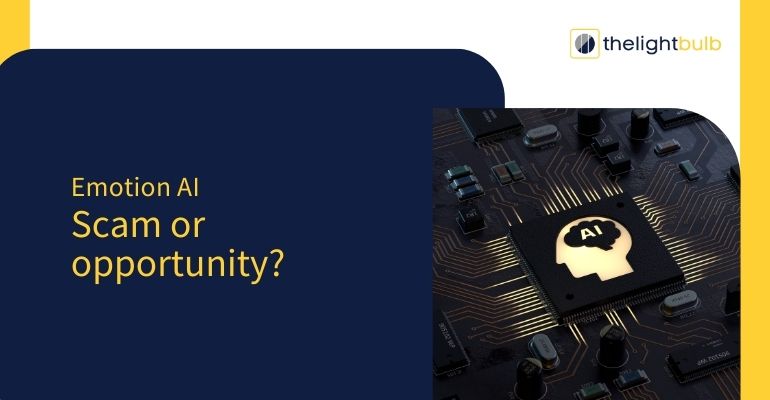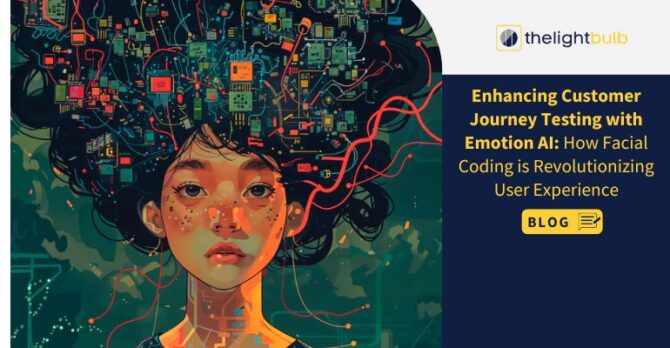
Enhancing Customer Journey Testing with Emotion AI: How Facial Coding is Revolutionizing User Experience
In today’s digital era, creating exceptional user experiences (UX) is paramount for businesses seeking to build strong customer relationships and brand loyalty. While traditional methods like surveys and focus groups remain staples in understanding user preferences, they often fail to capture the full spectrum of human emotions during the customer journey.

Emotion AI also commonly referred to as affective computing has significantly evolved user experiences by empowering machines to recognize, interpret, and respond to human emotions with empathy. It uses technological concepts like –
- Facial expression analysis
- Voice tone recognition
- Sentiment detection
it creates exclusion and engaging interactions with your interface.
The Role and Importance of Emotions in Customer Journeys
Emotions drive consumer decisions. Research consistently shows that emotions are central to consumer behavior, influencing perceptions, loyalty, and purchasing habits. However, emotions are often nuanced and subconscious, making them difficult to measure using traditional methods. Emotion AI offers tools like facial coding that decode microexpressions. By capturing these insights, businesses can understand not only what customers say, but how they truly feel thus helping businesses to improve their brand value and increase their business.
What is Facial Coding?
Facial coding involves analyzing facial expressions to identify emotions such as joy, anger, surprise, and frustration. This technology relies on the Facial Action Coding System (FACS), a tool for systematically categorizing human facial movements based on muscle activity into Action Units(AUs).
Each AU corresponds to a specific facial muscle movement, allowing researchers to decode various emotions and expressions. It was developed by psychologists Paul Ekman and Wallace V. Friesen in 1978 and is widely used in psychology, behavioral research, teaching, animation, and even artificial intelligence.
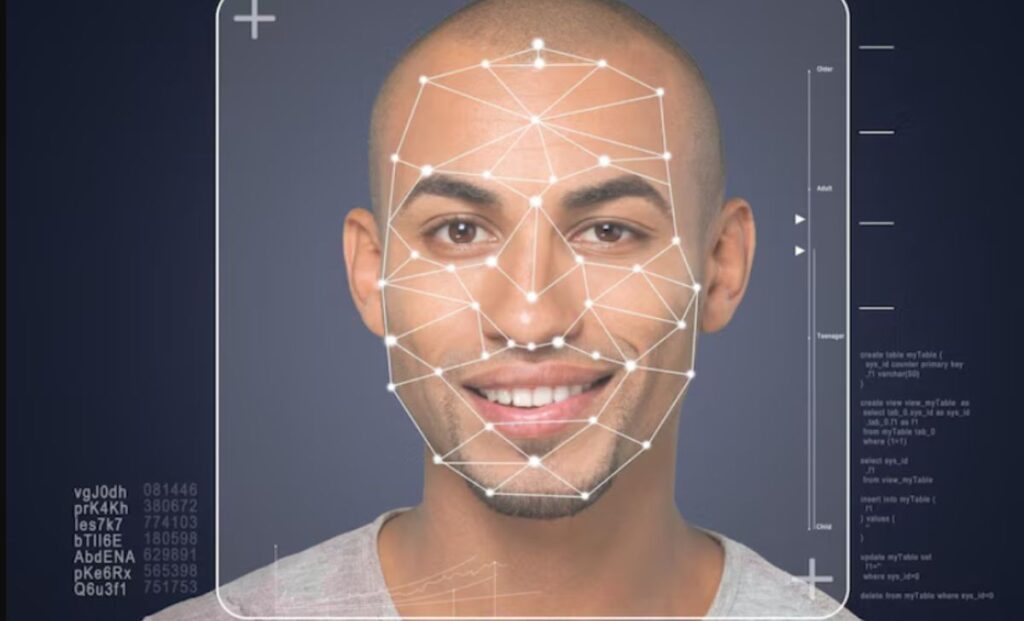
The rise of Emotion AI has made facial coding more accessible and scalable. By embedding facial coding tools in customer journey testing processes, businesses can move beyond subjective interpretations and access a wealth of objective, quantifiable emotional data.
Applications of Facial Coding in Customer Journey Testing
Here are some of the common practical implementations of the Facial Coding in Customer Journey Testing –
- Website and App Usability Testing
When users navigate a website or app, their facial expressions can reveal moments of delight or frustration. For example, a frown may indicate confusion with navigation, while a smile might suggest satisfaction with a feature or app experience.
Facial coding tools integrated into usability testing can highlight problem areas in the user interface (UI), enabling designers to optimize layouts, improve readability, or simplify workflows.
- Ad and Content Effectiveness
Emotions play a critical role in determining the success or failure of marketing campaigns. This is where Facial Coding comes into action. It assesses the intended emotional response evoked by an ad campaign. Marketers can leverage to optimize their advertising strategies to maximize the impact of their campaigns.
- In-store and Omni-Channel Experiences
Facial coding isn’t limited to digital interfaces. Retailers can use it to analyze how customers react to store layouts, product placements, product or packaging testing, and service interactions. In omni-channel journeys, where customers switch between online and offline touchpoints, facial coding helps identify emotional disconnects and areas for improvement.
- Product Development and Testing
When customers interact with a prototype or new product, their facial expressions can reveal whether the product meets their expectations or whether innovation is needed. Developers can use these insights to address pain points before the product launches, saving time and resources while ensuring customer satisfaction.
- Improving Customer Support
Tracking customer emotions during live video support trains agents in call centers to manage frustration or dissatisfaction. Using facial coding in real-time video chats also adjusts chatbot responses based on customer emotions.
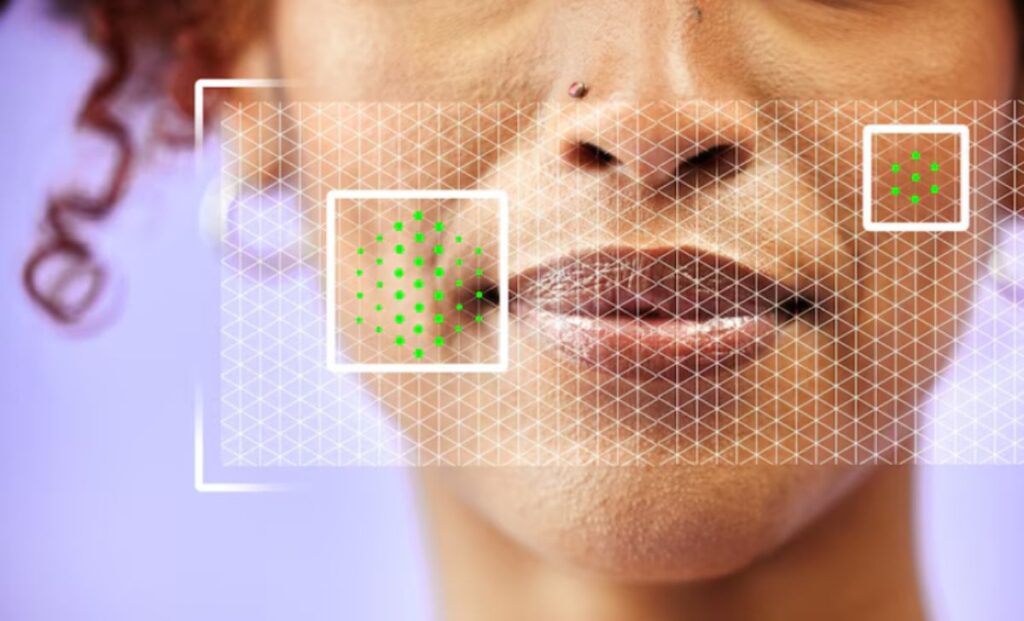
Advantages of Facial Coding in UX Research
Let’s see some of the common advantages of Facial Coding in UX Research –
- Unbiased Insights – Traditional feedback methods often suffer from bias. Customers may hesitate to share negative opinions or be unaware of their emotional states. Facial coding captures genuine reactions, providing unbiased data that reflects users’ feelings.
- Real-Time Analysis – Emotion AI tools can process data in real time, offering immediate insights into customer reactions. This enables businesses to make quick adjustments to products, services, packaging, prototypes, interfaces, or experiences during the testing phases.
- Scalability – While languages across the world may differ emotions remain the same. With cloud-based Emotion AI platforms, businesses can scale their facial coding efforts across geographies and demographics. This ensures a diverse range of insights, helping brands cater to a global audience.
- Enhanced Personalization – By understanding customer emotions at various touchpoints, businesses can create highly personalized experiences. For instance, if a facial coding system detects frustration during a sign-up process, the system could automatically simplify the process for that user.
- Enhancing Data Accuracy – Traditional methods like surveys or interviews often rely on users’ self-reported feedback, which can be biased or incomplete due to memory lapses or social desirability. Facial coding eliminates these issues by analyzing real-time emotional reactions, ensuring a higher degree of accuracy in understanding user sentiment.
The Future of Facial Coding in UX
With the evolution of technology, the integration of facial coding into UX research will become more seamless, effective, and sophisticated. Innovations on the horizon include:
- Multimodal Emotion Analysis
Combining facial coding with other Emotion AI tools, such as voice tone analysis and physiological sensors, can provide a more comprehensive understanding of user emotions.
- AI-Driven Predictive Analytics
By analyzing patterns in emotional data, AI systems can predict future behaviors, enabling businesses to proactively address potential issues.
- Greater Accessibility
Advances in hardware and software will make facial coding more affordable and accessible, democratizing its use across industries. - Integration with AI and Machine Learning
The integration of facial coding with artificial intelligence (AI) and machine learning algorithms is set to enhance its precision and scalability. AI-powered tools can analyze vast amounts of facial data in real-time, identifying complex emotional patterns, this means quicker, more reliable results with less manual effort.

Conclusion
Throughout this blog post, one thing is very clear Facial Coding has significantly revolutionized the customer testing process. Now business owners have access to the emotional experiences of their target customers, and when this approach is integrated into the UX research process, one can easily identify customers’ pain points.
As a result, businesses can work on the touch points identified with facial coding and reveal the authentic user reactions upon using an organization’s products, services, or interfaces.
This data-driven approach allows UX designers to develop intuitive, engaging, and personalized experiences for target customers. Thereby, laying the foundations of stronger bonds with users and higher customer satisfaction. By building small emotional connections between business offerings and customers, you can pave the way for sustained success.
